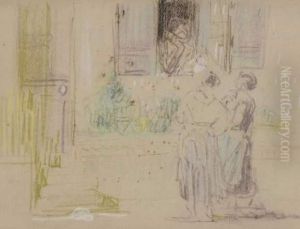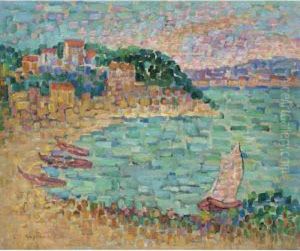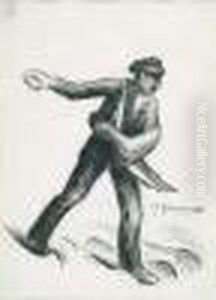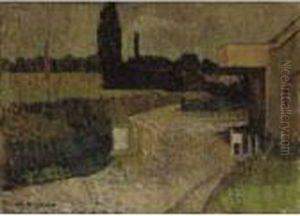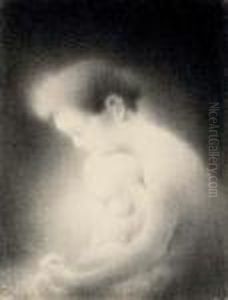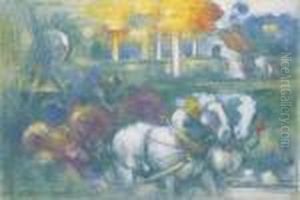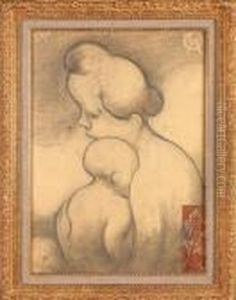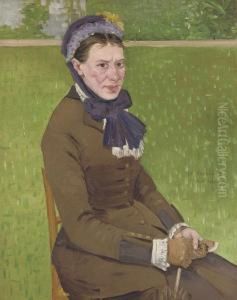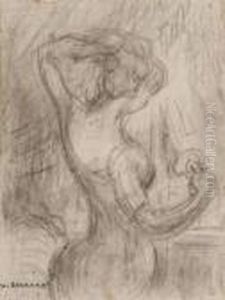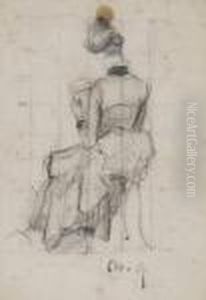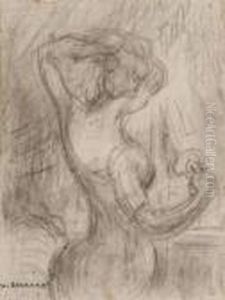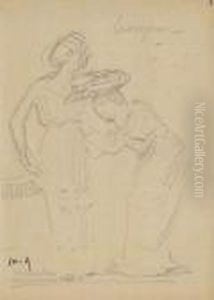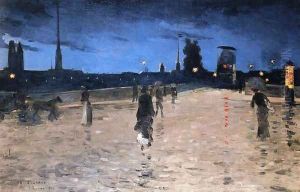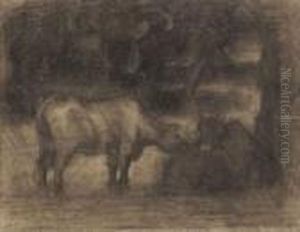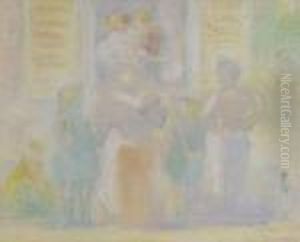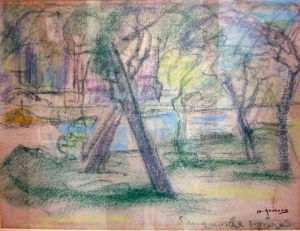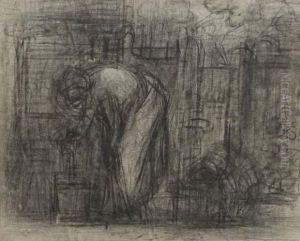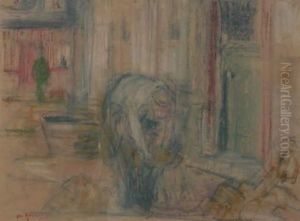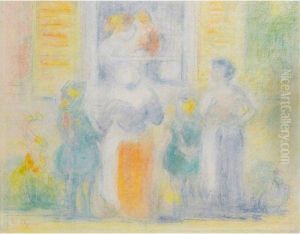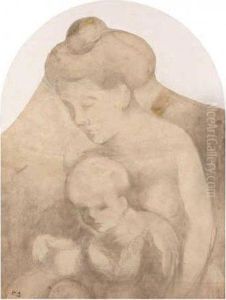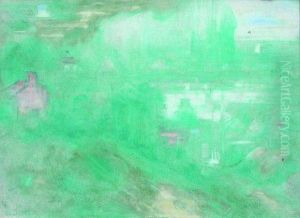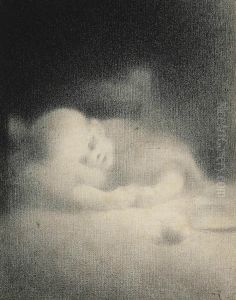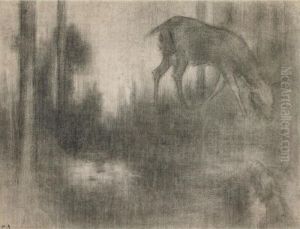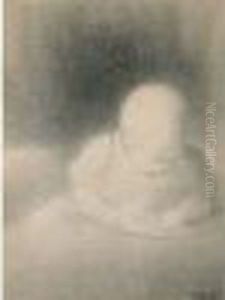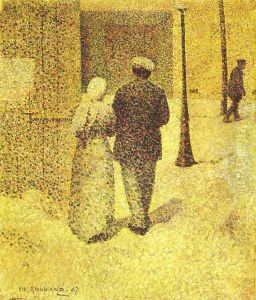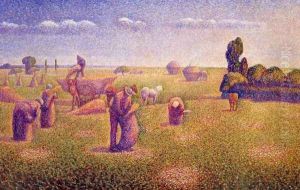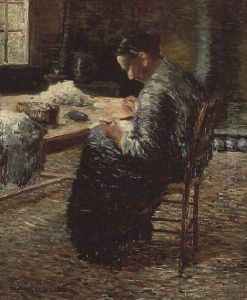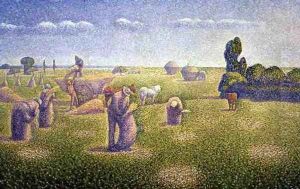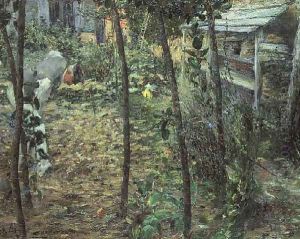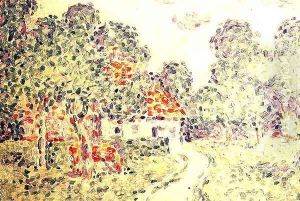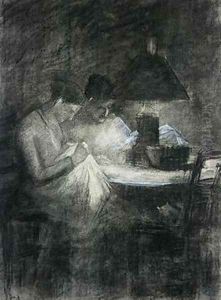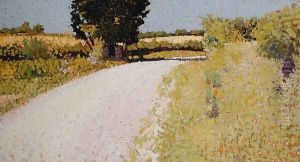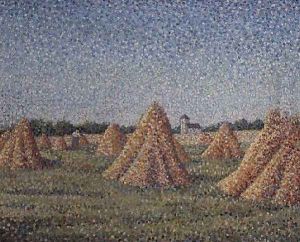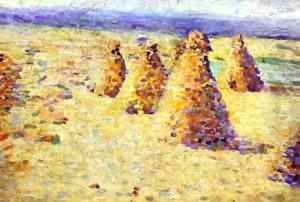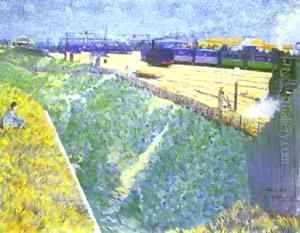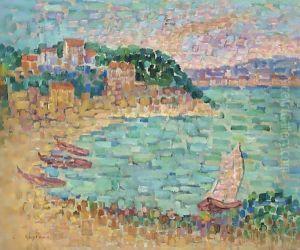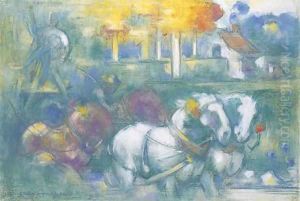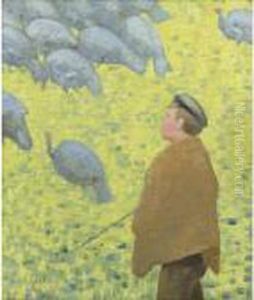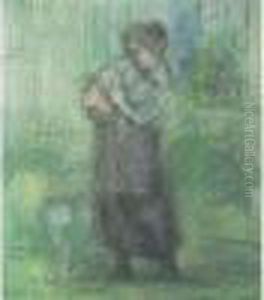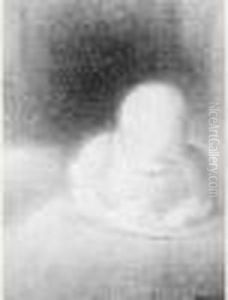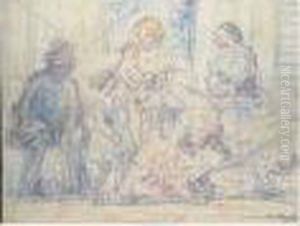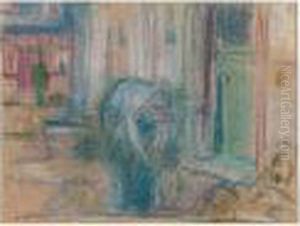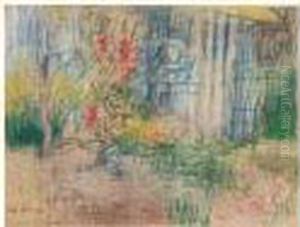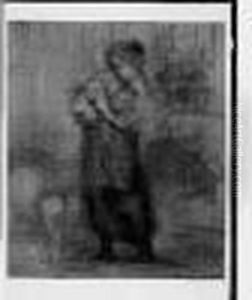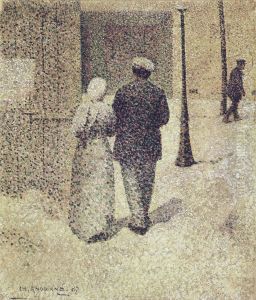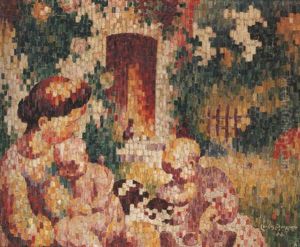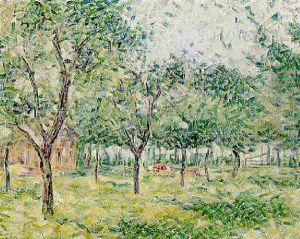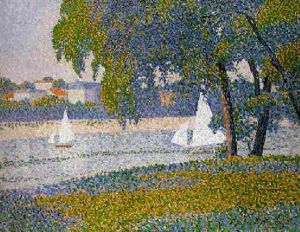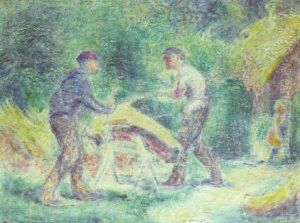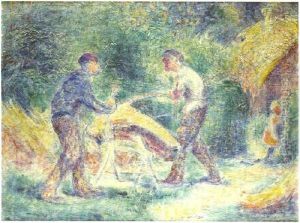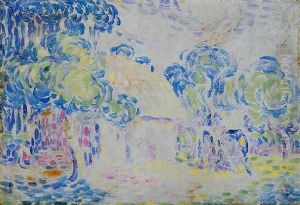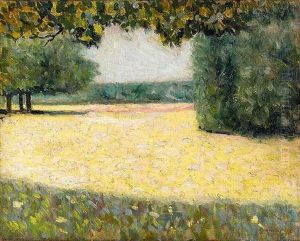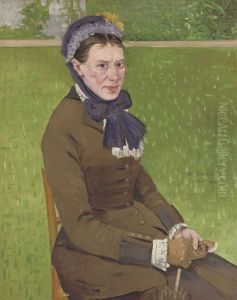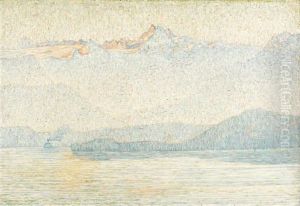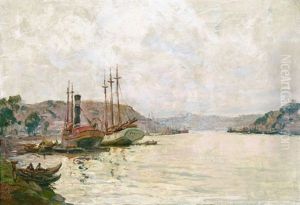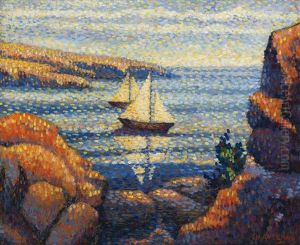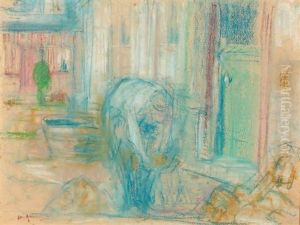Charles Angrand Paintings
Charles Angrand was a French neo-impressionist artist known for his pointillist paintings and strong use of line and color. Born on April 19, 1854, in Criquetot-sur-Ouville, Normandy, he grew up in a rural environment, which later influenced his work characterized by scenes of peasant life and the countryside.
Angrand moved to Paris in 1882 to pursue his artistic career and became a student at the Académie Julian. While in Paris, Angrand was influenced by the works of Georges Seurat and Paul Signac, the pioneers of pointillism, a technique of painting in which small, distinct dots of color are applied in patterns to form an image. He embraced this style, and his work began to reflect the neo-impressionist approach, focusing on the optical effects of color and the scientific approach to representation.
He exhibited his work at the Paris Salon and was also associated with the independent artists' group Les XX in Belgium. Angrand was not as prolific as some of his contemporaries, but his works were significant in the development of the neo-impressionist movement. His most famous painting, 'The Harvesters,' exemplifies his commitment to pointillism and the rural themes that were close to his heart.
Despite his initial success, Angrand struggled financially and led a somewhat isolated life. He continued to paint and teach throughout his life, but his output was limited due to his methodical approach and the time-consuming nature of the pointillist technique. He eventually moved back to Normandy, where he continued to work until his death on April 1, 1926, in Rouen.
Angrand's legacy lies in his contribution to the neo-impressionist movement and his dedication to the pointillist method. His work is recognized for its tranquility, harmonious composition, and meticulous attention to the interplay of light and color. Today, his paintings are held in various museums and collections around the world, appreciated for their quiet beauty and technical precision.
